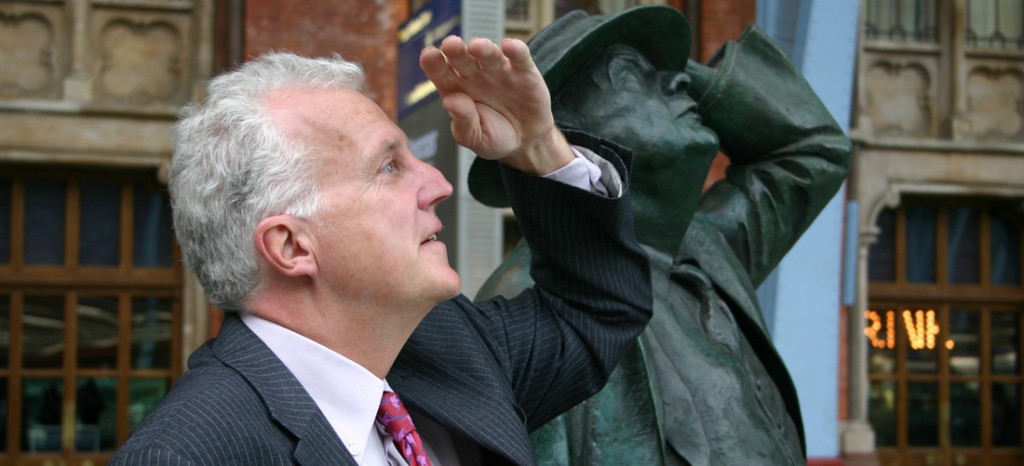Maybe it was because we were all watching the World Cup, but the reduction in road deaths to 2,222 last year, released by the DfT a week ago, is truly remarkable and yet received little attention. It’s not so long ago that it was double that and the target set by the previous government has already been reached.
The problem is that we do not know quite why. For people in cars, where there was a 16 per cent reduction, it may well be airbags, greater use of safety belts, and better design, but pedestrian deaths also fell by a significant 13 per cent which suggests that people are driving better or more slowly. Explaining the cycling statistics is difficult, as there was a decrease in deaths of 10 per cent but an increase in serious injuries of 6 per cent.
One of the early measures of the new transport secretary, Philip Hammond, was to announce that no new speed cameras would be installed. Yet, clearly, these yellow boxes have had an effect, as have road humps and other speed control measures in town. I, personaly, have noticed that people drive better in London these days – there will always be the odd hothead – but it was noticeable that outside the capital, on various cycle trips, the behaviour of motorists is far more antagonistic to cyclists than in the capital.
There is great scope for further reductions. A report issued a couple of days ago on the most dangerous roads in Britain shows that by taking the right measures, it is possible to reduce their risk. None of this is rocket science, but it requires money and if Hammond thinks it is clever not to install speed cameras, he probably will be reluctant to spend it on these mitigation measures.
This will be my last ‘policy’ blog for a while – I am off cycling to Italy through France but will try to post regular updates on my progress.
